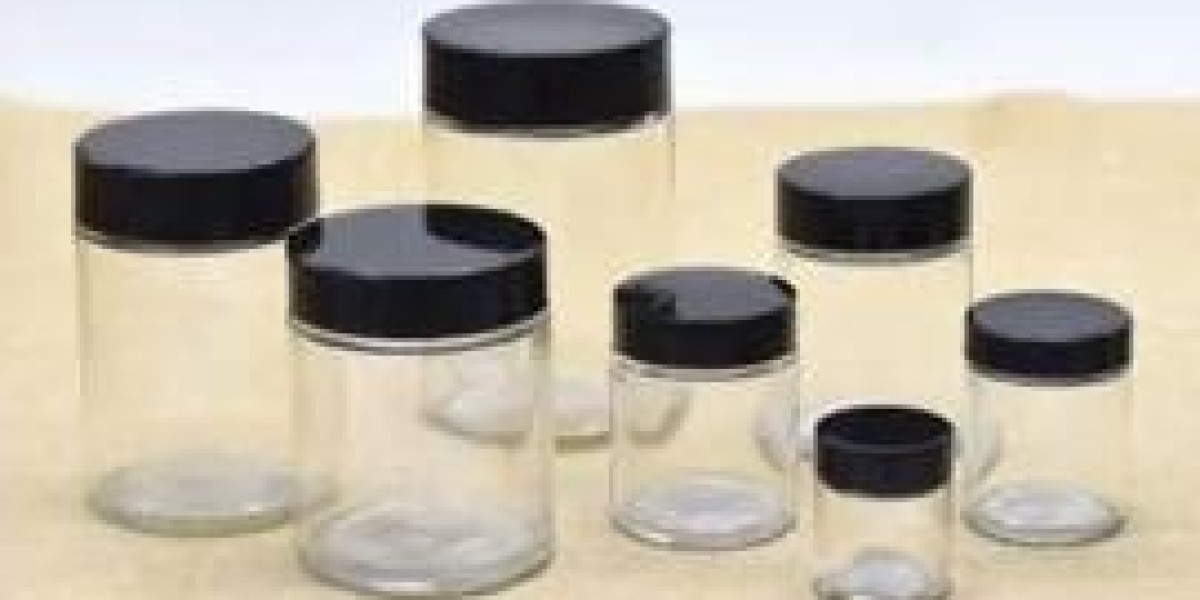Compression PET moulds are less common in PET production but are still noteworthy. In this process, pre-measured amounts of PET resin are placed into a heated mould cavity, where heat and pressure cause the material to melt and fill the mould. Compression moulding is suitable for producing larger parts or items with thicker walls. While it may not be as prevalent as injection or blow moulding for PET, it can be beneficial for specific applications requiring particular characteristics.
Multi-cavity moulds are designed to produce multiple parts simultaneously within a single mould. This approach significantly increases production efficiency and reduces cycle times. Multi-cavity moulds can be utilized in both injection and blow moulding processes, allowing manufacturers to produce large quantities of preforms or containers in a shorter timeframe. This is particularly advantageous for businesses looking to scale production while maintaining quality.
Stack moulds are a specialized type of multi-cavity mould that uses two or more moulding stacks to create products simultaneously. This design allows for a more compact footprint on the production floor while maximizing output. Stack moulds are often used in high-volume applications where efficiency is paramount, such as the production of bottle caps and containers. The design complexity of stack moulds can be higher, but the resulting efficiency justifies the investment.
Hot runner moulds utilize a heated system that keeps the plastic in a molten state as it travels through the runner system to the cavities. This technology reduces waste, improves cycle times, and enhances the quality of the final product by ensuring consistent temperature and flow of PET material. Hot runner moulds are particularly useful in injection moulding applications for producing preforms and caps, where precision and efficiency are critical.
In contrast to hot runner moulds, cold runner moulds maintain a cooler temperature throughout the runner system. While they are generally easier and less expensive to manufacture, they can result in more material waste due to the need to reprocess the cooled runners. Cold runner systems may be suitable for lower volume production runs or simpler applications, where the benefits of a hot runner system may not be justified.










